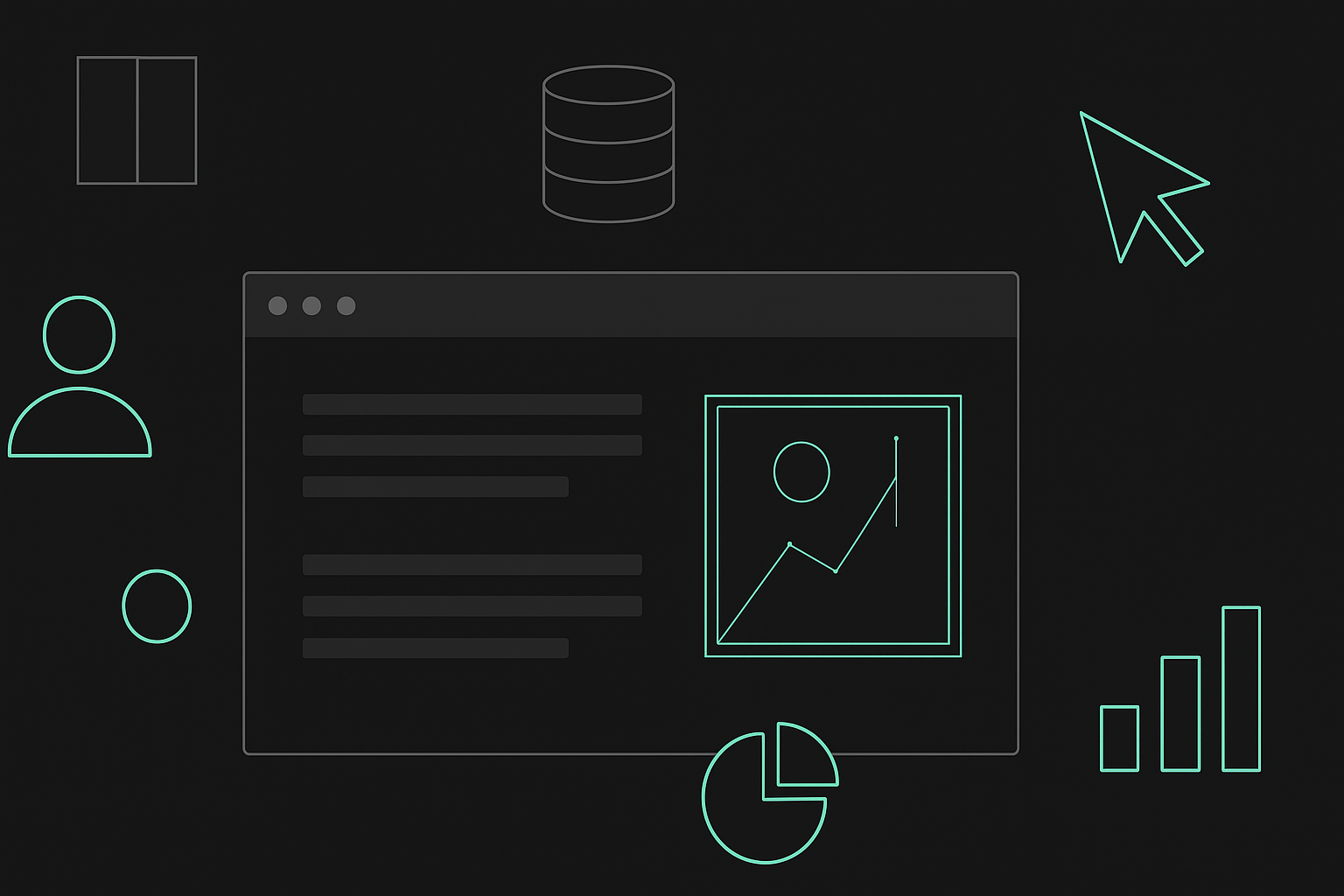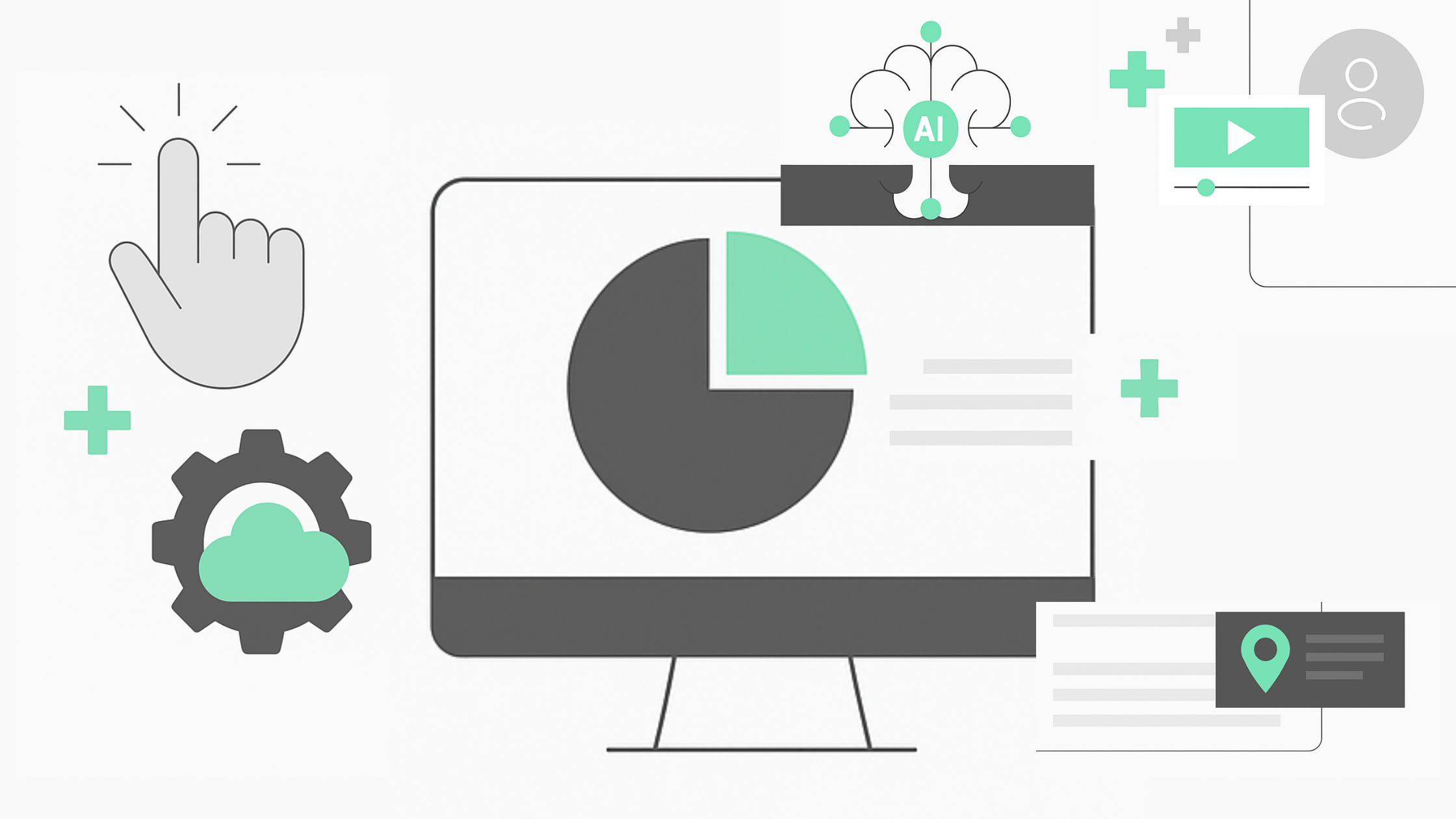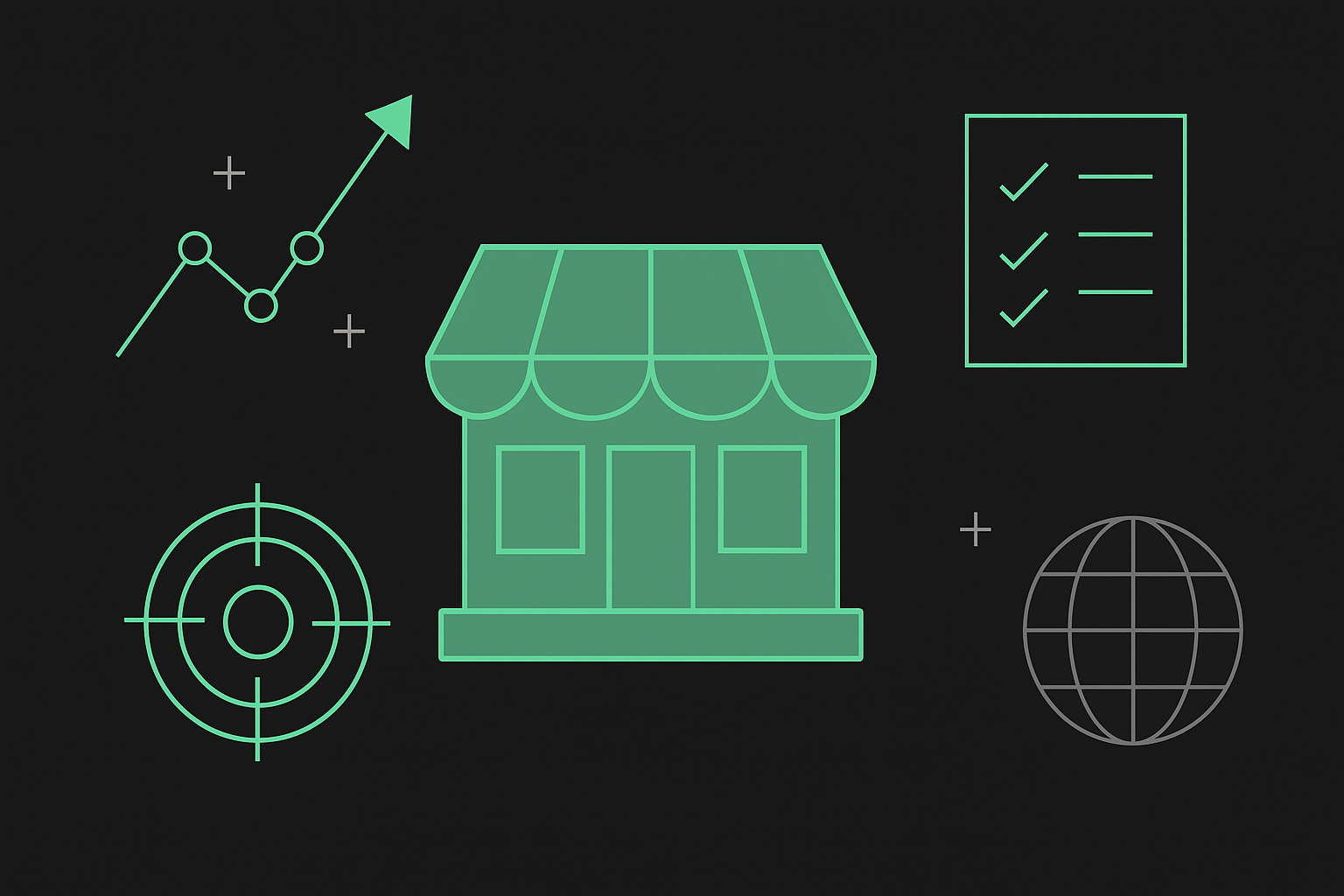Getting Ahead with Edge Computing
Technological advancements are happening at an unprecedented pace. Edge computing has gotten a lot more traction lately, due to its innovative approach to bringing computing power closer to where it’s needed. This technology is predicted to revolutionize many industries and offer new opportunities for businesses looking to stay ahead of the curve.
In this article, we'll look at edge computing and how this technology is transforming the ecommerce industry.
- Edge Computing: Components and Benefits
- Edge Computing vs. Cloud Computing
- How Edge Technology Improves Business Growth
Edge Computing: Components and Benefits
Edge computing has become increasingly popular in various industries and use cases. For instance, self-driving cars rely on edge computing to process large amounts of data from sensors and cameras in real-time., enabling them to make split-second decisions to ensure safety on the road. In the retail industry, edge computing automates processes like inventory management, product tracking, and customer engagement, while in manufacturing and logistics, edge computing optimizes equipment performance and minimizes downtime.
What is Edge Computing?
Edge computing or edge technology is a decentralized computing infrastructure that operates on a diverse range of networks and devices located at or near the end-user. Edge technology involves the use of multiple edge devices, like sensors, gateways, and servers, placed close to the source of data. This enables data processing and analytics to occur in real-time and at greater speeds and volumes than ever before.
Components of Edge Computing
Since Edge computing uses data on devices that are near the physical location where the data is being generated, it uses some external components to process data. Let's look at some of the components of edge computing:
- Edge Devices: Edge devices include smart speakers, watches, and phones, among others. These devices collect and process data locally, without the need to transmit it to a remote server for processing. Other examples of edge devices include Internet of Things (IoT) devices, point-of-sale (POS) systems, robots, vehicles, and sensors that can compute locally and communicate with the cloud.
- Edge Networking: Edge computing does not require a separate "edge network" to exist, as it can be located on individual edge devices or a router. However, when a separate network is used, it becomes another location between users and the cloud. This is where 5G technology comes into play, as it offers powerful wireless connectivity to edge computing with low latency and high cellular speed. This opens up exciting possibilities for autonomous drones, remote telesurgery, smart city projects, and much more. The network edge can be particularly useful in cases where it’s too costly and complicated to put a computer on premises, and yet high responsiveness is required. In other words, when the cloud is too distant and cannot offer the necessary level of responsiveness, the network edge can step in to provide the required processing power.
- Edge Infrastructure: This includes software that performs computations and communicates with other devices. Similarly, storage solutions are used to store data at the edge, including local storage on edge devices, as well as distributed storage systems that span multiple devices. On-premises infrastructure, like servers, routers, containers, hubs, or bridges, among others, are used to manage and process data within an organization's own infrastructure, rather than relying solely on cloud services.
What Are the Benefits of Edge Computing?
By processing data closer to where it's generated, edge computing promotes real-time decision-making, leading to quicker, action-led results. As a business, this allows you to respond faster to critical events, make more informed decisions, and provide better user experiences. When compared to traditional models of computing, which typically rely on centralized on-premise data centers, edge computing offers some unique advantages.
One of the most significant benefits of edge technology is its ability to provide real-time data analysis. With the increasing amount of data generated by IoT devices, it becomes difficult to transmit all the data to one place for processing. Edge devices elevate this by processing data locally and providing real-time insights. This allows businesses to make quicker decisions, respond to changes faster, and improve their overall efficiency. For example, companies can better manage and utilize their physical assets, explore new sources of revenue, and create more interactive human experiences.
Another benefit of edge technology in IoT is that it can enhance security. By processing data locally, edge devices can detect anomalies and potential security threats in real-time, without the need for transmitting data to a centralized data center. This makes the network less vulnerable to cyber attacks and provides an added layer of security.
Edge Computing vs. Cloud Computing
Deciding whether edge computing or cloud computing is the right choice for a business depends on the specific needs of the organization and the application in question.
In general, edge computing is better suited for applications that require real-time processing, low latency, and high bandwidth, like autonomous vehicles and remote healthcare. Because edge devices can operate independently of the cloud, they can continue to function even if there is a disruption in connectivity. This is particularly useful in remote locations where connectivity may be unreliable or non-existent.
Cloud computing, on the other hand, is better suited for applications that require scalability, flexibility, and cost savings, like data analytics and collaboration tools. For applications that require high scalability and processing power, cloud computing is the better option. Cloud computing is ideal for applications like ecommerce platforms, which may experience sudden spikes in traffic.
In many cases, organizations may benefit from a hybrid approach that combines the strengths of both edge computing and cloud computing. For example, organizations may use edge computing to process data locally and transmit only the most important data to the cloud for further analysis and storage.
Edge and cloud computing have their own unique strengths and benefits. That said, by understanding the differences between the two, organizations can make informed decisions about how to best leverage these technologies to drive innovation and growth.
How Edge Technology Improves Business Growth
As technology advances, many companies are looking to leverage cutting-edge technologies to remain competitive and drive growth. Here's how edge computing is paving the way for business growth:
- Improved Efficiency: Because edge computing allows businesses to process data in real-time without the need for a centralized server or cloud computing infrastructure, data can be processed locally, close to where it is generated, which reduces latency and improves performance. As a result, businesses can make faster and more informed decisions for efficiency and productivity. For example, in the manufacturing industry, edge computing can be used to monitor and analyze machine data in real-time, detecting potential issues before they become critical.
- Enhanced Security and Privacy: Edge computing can help businesses enhance their security and privacy by protecting sensitive data. With edge technology, businesses can process data locally and store it on-site, reducing the risk of data breaches and cyber attacks. Edge computing can enable businesses to comply with data privacy regulations like the GDPR, by processing data locally rather than sending it to third-party cloud providers. This gives businesses greater control over their data and can help build trust with customers.
- Reduced Bandwidth Costs: By processing data locally, businesses can reduce the amount of data that needs to be transmitted over the internet, leading to lower bandwidth costs. This is particularly useful for businesses that generate large amounts of data, like those in the healthcare or finance industries.
- Improved Customer Experience: Edge computing can help businesses improve their customer experience by enabling faster response times and more personalized interactions. For example, in the retail industry, edge computing can be used to analyze customer data in real-time, allowing businesses to make personalized recommendations and offer targeted promotions.
- Greater Flexibility: Edge computing can help businesses become more flexible and agile by enabling them to deploy new services and applications quickly and easily. With edge technology, businesses can deploy computing resources closer to the point of use, reducing the need for expensive infrastructure upgrades and enabling faster time-to-market for new products and services.
Businesses can leverage edge technology to gain a competitive advantage. By incorporating edge devices into their operations, they can improve their responsiveness, reduce costs, and increase their agility.
If you're looking to learn more about how edge technology can help your business improve its operations, book a discovery call with Outliant. Our team of experts can help you explore the benefits and identify the solutions that fit your needs. Take the next step towards digital growth, and schedule a call with us today.










